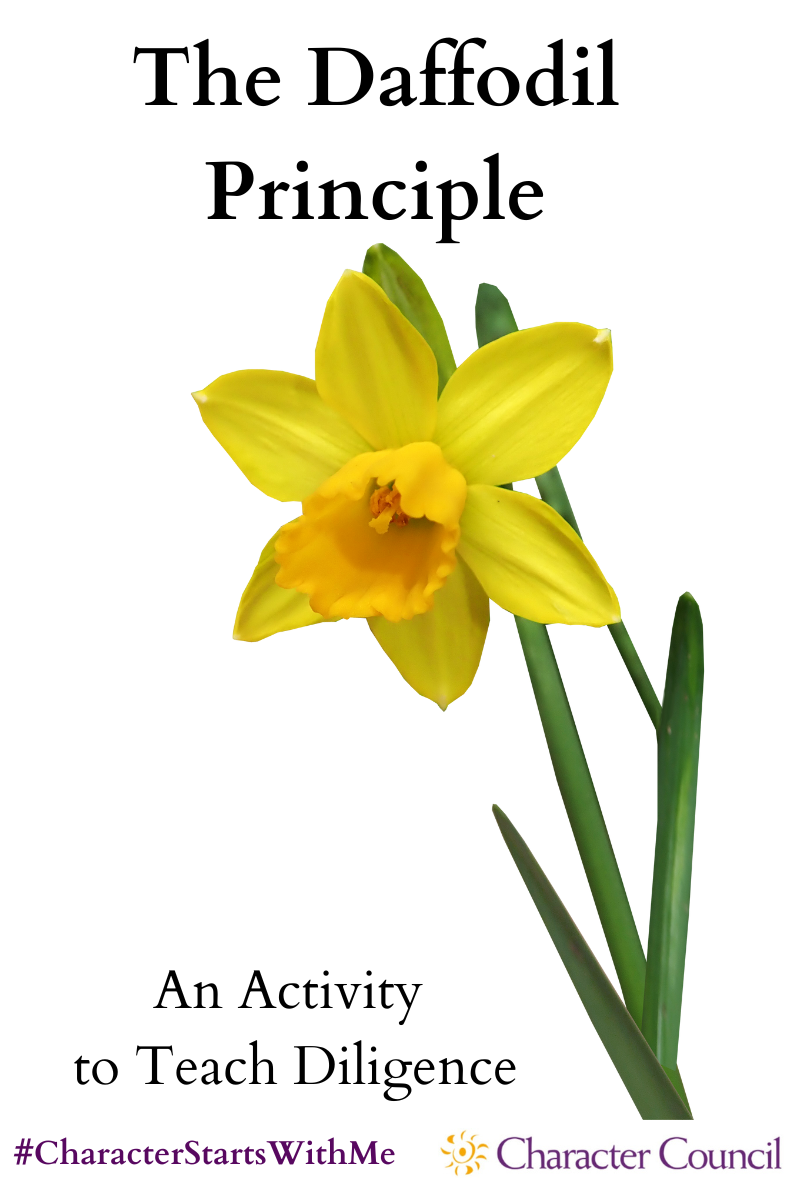
The Daffodil Principle

The Daffodil Principle
‘The Daffodil Principle’ by Jaroldeen Asplund Edwards is a story about an actual place, a daffodil garden near Running Springs in California. An entire mountainside covered in daffodils, a flower that only blooms 3 weeks out of the year. This field did not come about on its own. One woman with her two hands planted each of the 50,000 bulbs, but it took her over 40 years to do it.
An excerpt from the end of the story reads:
“The principle her daffodil garden taught is one of the greatest principles of celebration. That is, learning to move toward our goals and desires one step at a time–often just one baby-step at time–and learning to love the doing, learning to use the accumulation of time. When we multiply tiny pieces of time with small increments of daily effort, we too will find we can accomplish magnificent things. We can change the world …
‘It makes me sad in a way,’ I admitted to Carolyn. ‘What might I have accomplished if I had thought of a wonderful goal thirty-five or forty years ago and had worked away at it one bulb at a time through all those years? Just think what I might have been able to achieve!’ My daughter summed up the message of the day in her usual direct way. ‘Start tomorrow,’ she said.”
This story demonstrates how diligence, when applied to any task, can create amazing results.
For the written version: The Daffodil Principle
After sharing parts of the story, revisit the regret expressed by her mother. What could we do if we do it a little bit at a time. Ask the students to name some things that they could accomplish by doing small tasks every day. Suggest that studying for a test, such as a spelling test, every night could lead to good results on the test. Practicing foul shots, the ballet positions, scales on an instrument could lead to better performance. What if they wrote a thank you note everyday? (Good class project.) or just picked someone to compliment everyday. What about picking up trash in the school yard or on the way home?
To process this activity, ask these questions:
- Did you like the story of the daffodils?
- How do you think the woman who planted them feels when she sees them in bloom?
- How do you think other people feel when they see them?
- Did you think of something like that, that you can do?
- How does that make you feel when think about little jobs leading to big results?
- When you get overwhelmed with something, do you think you will remember the daffodils?